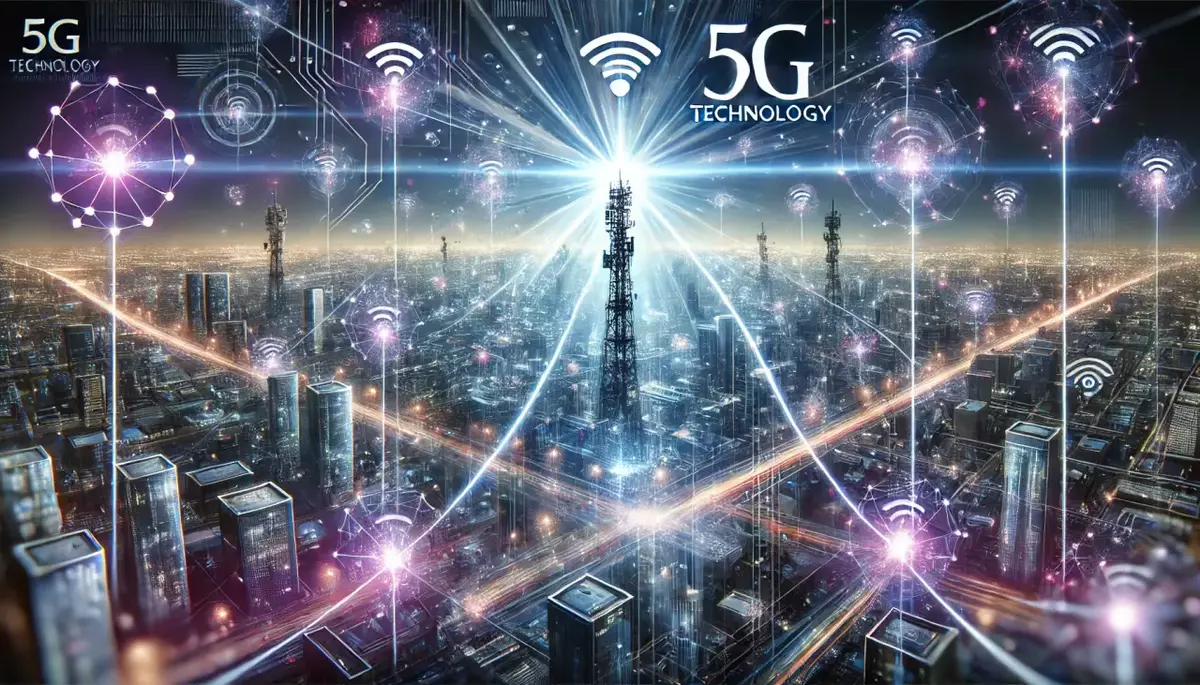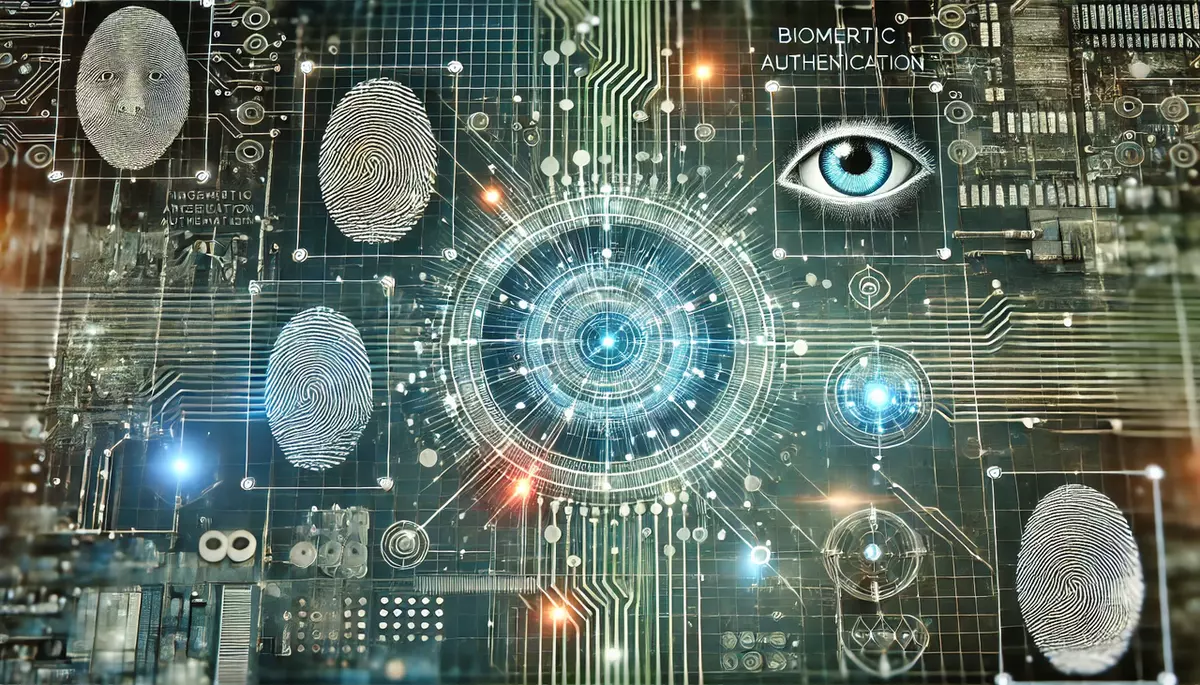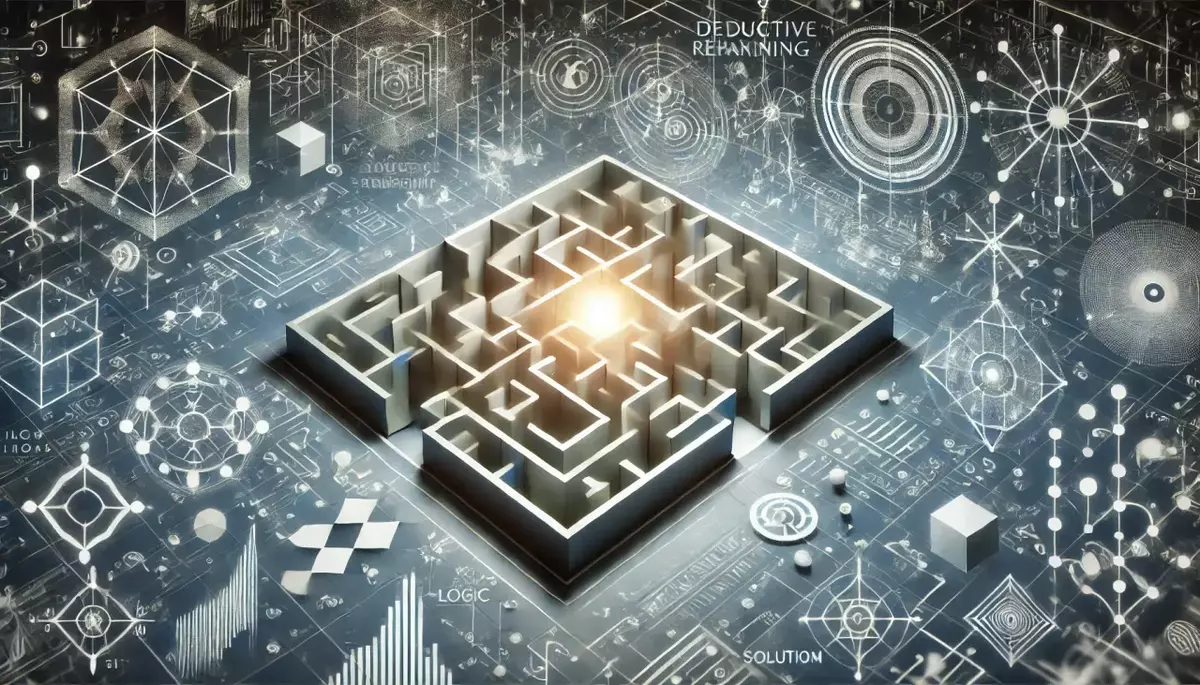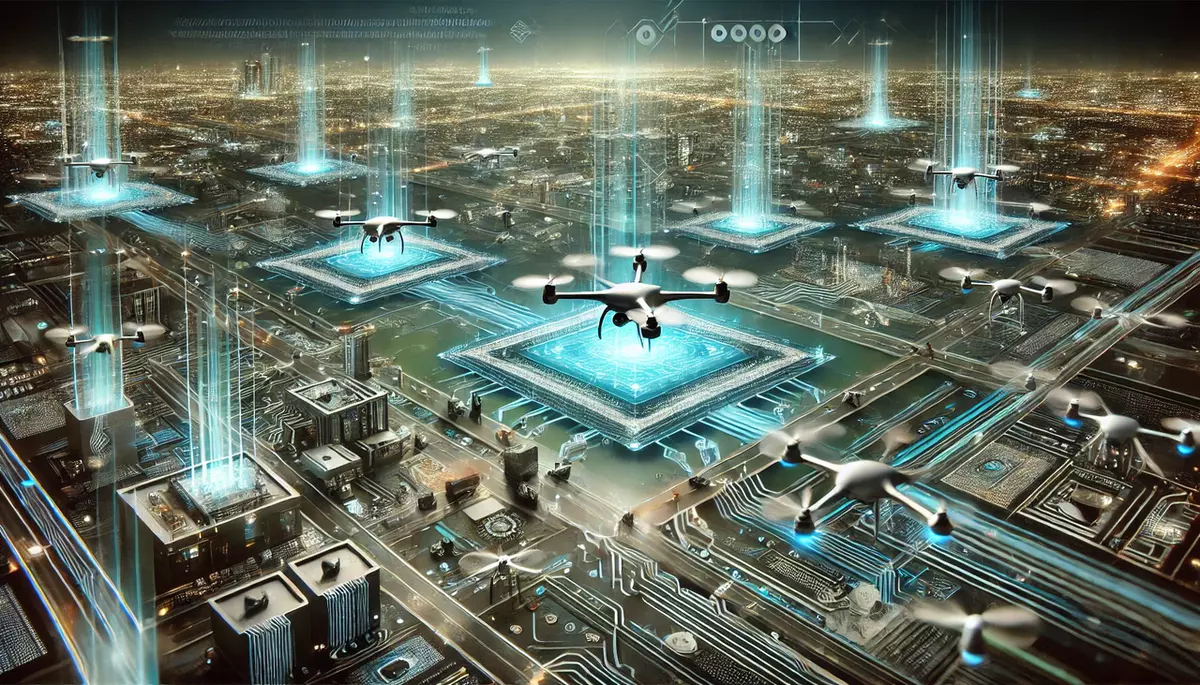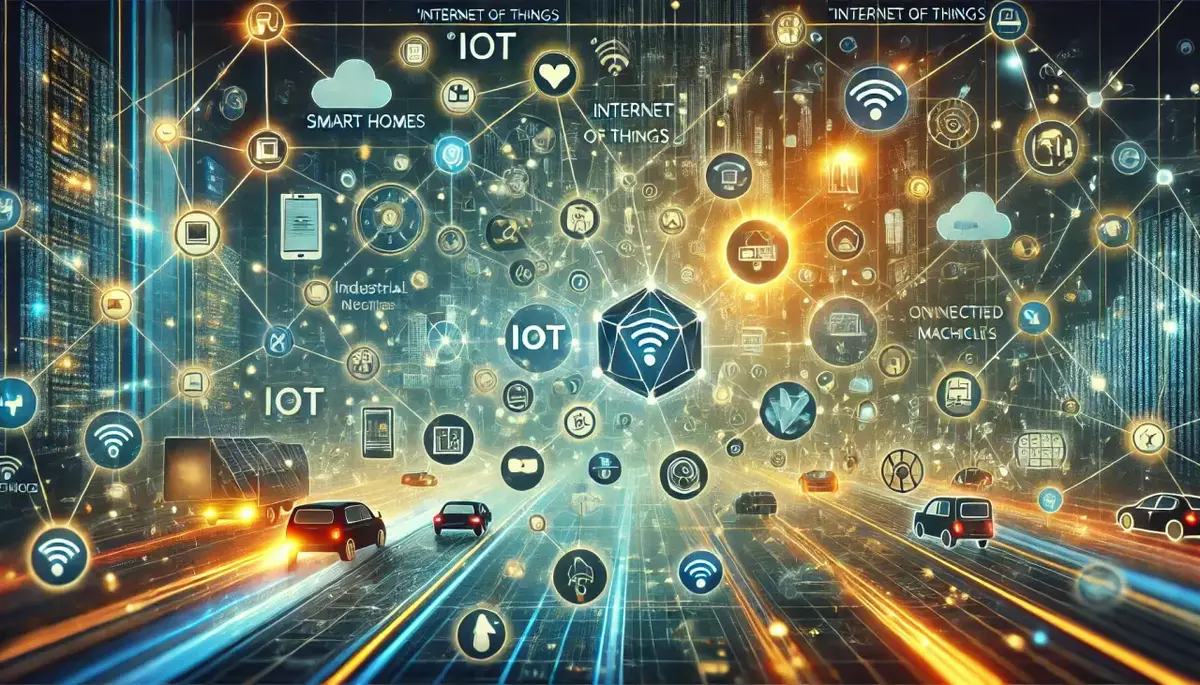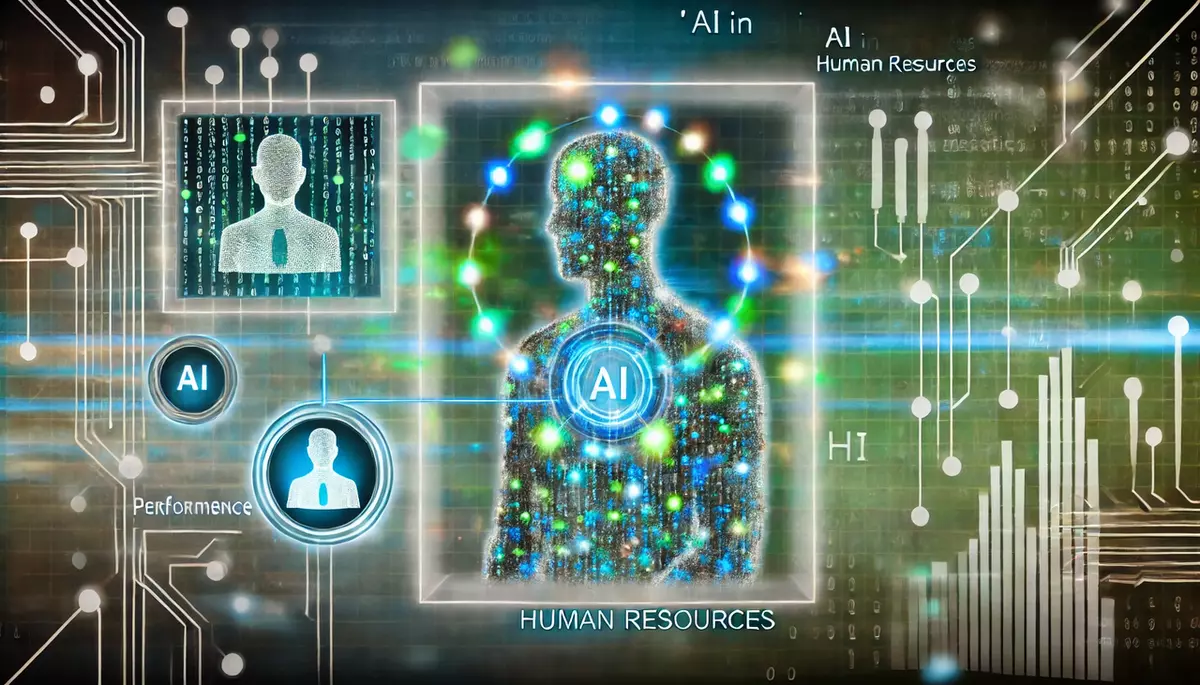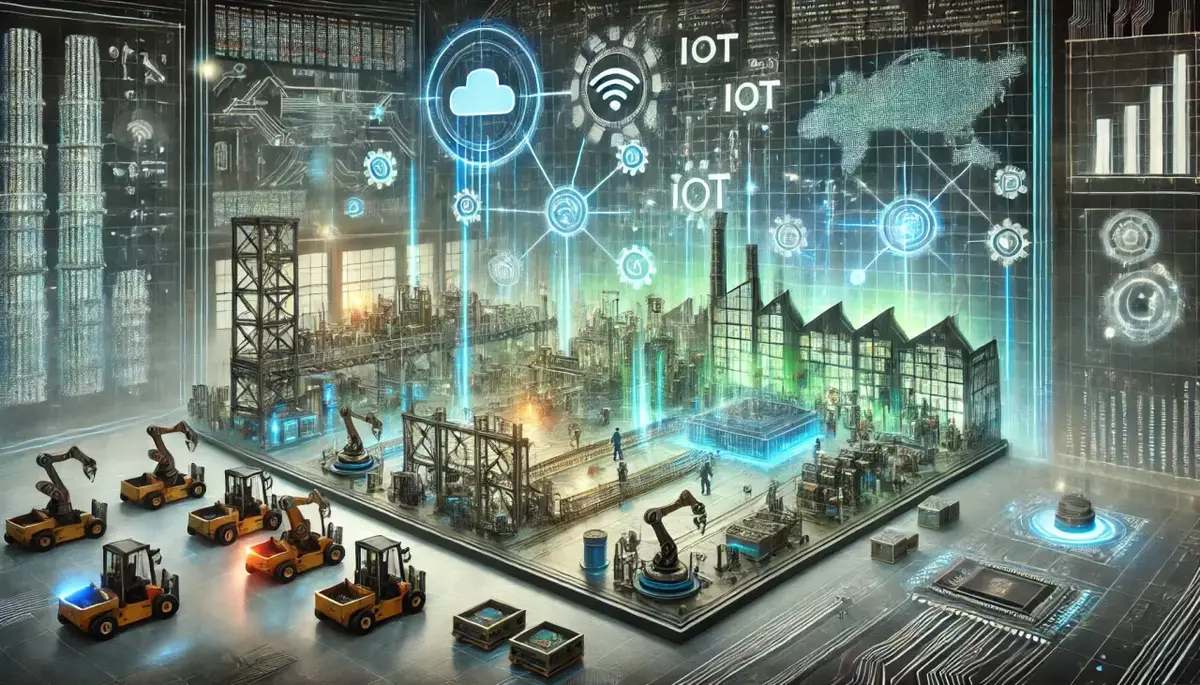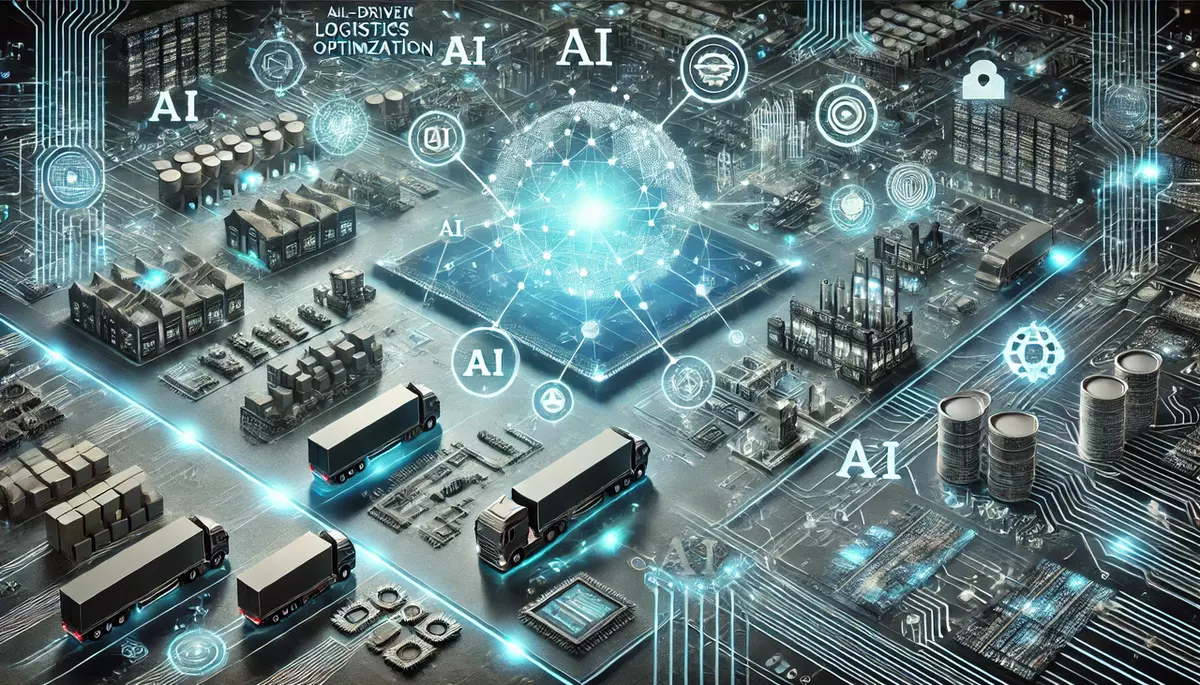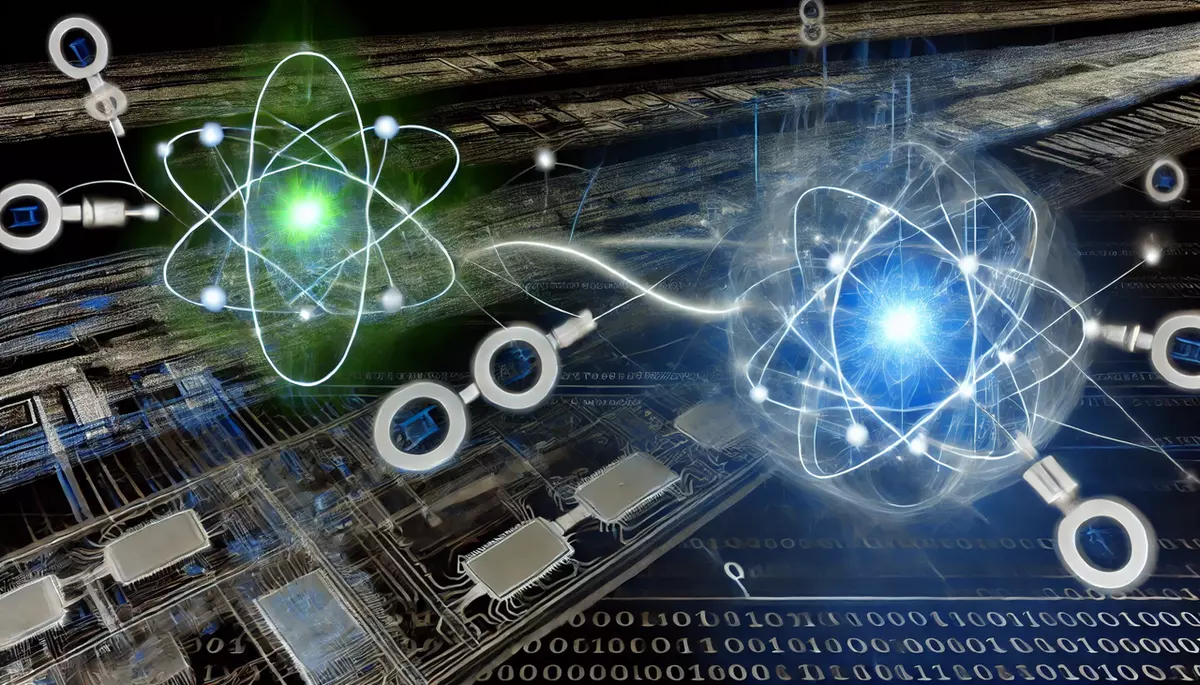Introduction
5G, or the fifth generation of wireless technology, represents a significant advancement in mobile communication. It promises to revolutionize the way we connect, communicate, and interact with the digital world, offering faster speeds, lower latency, and greater capacity than previous generations of cellular networks.
What is 5G Technology?
5G is the latest standard in mobile networking, designed to provide a more robust and efficient wireless infrastructure. It builds upon the foundations of previous generations, such as 4G LTE, while introducing several key improvements and new features.
Key Characteristics of 5G:
- Increased Speed: 5G networks can deliver download speeds up to 10 times faster than 4G LTE, with the potential to reach gigabit-level performance.
- Lower Latency: 5G significantly reduces the time it takes for data to travel between a device and the network, enabling real-time applications and improved responsiveness.
- Higher Capacity: 5G networks can support a much larger number of connected devices, allowing for the growth of the Internet of Things (IoT) and other data-intensive applications.
- Improved Reliability: 5G networks are designed to be more resilient and consistent, providing a more stable and dependable connection for users.
How Does 5G Work?
5G technology utilizes a combination of new and existing wireless technologies to achieve its performance improvements. Key aspects of 5G include:
5G Network Architecture:
- Millimeter Wave Spectrum: 5G networks use higher-frequency millimeter wave (mmWave) spectrum, which allows for faster data transmission but has a shorter range and is more susceptible to obstacles.
- Small Cell Deployment: 5G networks rely on a dense network of small cell base stations, which are smaller and more numerous than traditional cell towers, to provide coverage and capacity.
- Network Slicing: 5G networks can be divided into multiple virtual networks, each optimized for specific use cases, such as mobile broadband, IoT, or mission-critical applications.
Applications of 5G Technology
5G technology has the potential to transform a wide range of industries and applications:
Enhanced Mobile Broadband:
- Faster Streaming: 5G enables high-quality video streaming, virtual reality, and other data-intensive applications.
- Improved Connectivity: 5G provides a more reliable and consistent mobile internet experience, even in crowded urban areas.
Internet of Things (IoT):
- Massive IoT: 5G networks can support the connection of a vast number of IoT devices, enabling the growth of smart cities, industrial automation, and connected homes.
- Low-Latency IoT: 5G’s low latency allows for real-time control and monitoring of IoT devices, enabling applications such as remote surgery and autonomous vehicles.
Mission-Critical Applications:
- Reliable Communications: 5G’s high reliability and low latency make it suitable for mission-critical applications, such as emergency services, public safety, and industrial automation.
Challenges and Considerations
While 5G technology offers numerous benefits, it also faces several challenges and considerations:
- Infrastructure Deployment: The deployment of 5G networks requires significant investment in new infrastructure, including small cell base stations and fiber-optic backhaul.
- Spectrum Allocation: The use of higher-frequency millimeter wave spectrum for 5G poses challenges in terms of signal propagation and interference management.
- Security and Privacy: As 5G networks become more widespread, ensuring the security and privacy of user data and network operations is a critical concern.
- Regulatory Frameworks: Governments and regulatory bodies must develop appropriate policies and regulations to govern the deployment and use of 5G technology.
The Future of 5G
The continued evolution and adoption of 5G technology will have far-reaching implications for various industries and aspects of our lives:
- Emerging Technologies: 5G will enable the widespread deployment of technologies such as autonomous vehicles, remote healthcare, and industrial automation.
- Smart Cities: 5G networks will be a crucial component of smart city infrastructure, enabling real-time monitoring, efficient resource management, and improved public services.
- Global Connectivity: 5G’s global reach and high-speed connectivity will facilitate greater international collaboration, remote work, and global access to information and services.
Conclusion
5G technology represents a significant leap forward in mobile communication, offering faster speeds, lower latency, and greater capacity. As 5G networks continue to be deployed worldwide, they will enable a wide range of transformative applications and pave the way for a more connected and technologically advanced future.
This knowledge base article is provided by Fabled Sky Research, a company dedicated to exploring and disseminating information on cutting-edge technologies. For more information, please visit our website at https://fabledsky.com/.
References
- Rappaport, T. S., Xing, Y., Kanhere, O., Ju, S., Madanayake, A., Mandal, S., … & Venkatesan, R. (2019). Wireless communications and applications above 100 GHz: Opportunities and challenges for 6G and beyond. IEEE Access, 7, 78729-78757.
- Andrews, J. G., Buzzi, S., Choi, W., Hanly, S. V., Lozano, A., Soong, A. C., & Zhang, J. C. (2014). What will 5G be?. IEEE Journal on selected areas in communications, 32(6), 1065-1082.
- Agiwal, M., Roy, A., & Saxena, N. (2016). Next generation 5G wireless networks: A comprehensive survey. IEEE Communications Surveys & Tutorials, 18(3), 1617-1655.
- Saad, W., Bennis, M., & Chen, M. (2019). A vision of 6G wireless systems: Applications, trends, technologies, and open research problems. IEEE network, 34(3), 134-142.
- Parkvall, S., Dahlman, E., Furuskar, A., & Frenne, M. (2017). NR: The new 5G radio access technology. IEEE Communications Standards Magazine, 1(4), 24-30.

